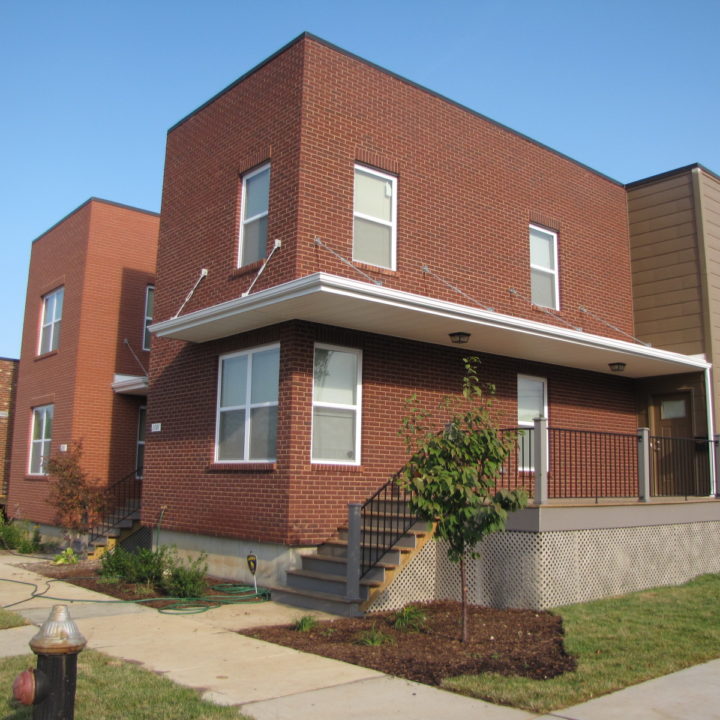NEW WAYS TO SAVE ENERGY NEVER GETS OLD | 13 TIPS FROM THE ELECTRICAL CONNECTION
Whether it’s at your home or at the office, saving electricity and cutting the cost of energy just makes sense. Here’s 13 ways to shrink your carbon footprint and expand long-term savings from the Electrical Connection.
1. Start at the Beginning: Get an Energy Audit
You can’t manage what you don’t measure, so select an Electrical Connection member to visit your home or workplace and develop an energy-use profile. Learn where you are using energy inefficiently, potential solutions and your projected payback period for investing in energy-saving steps or products.
2. Office or Home: Lighten Your Lighting Load
In a typical office building, lighting accounts for up to 40% of the energy consumed and greatly adds to heat load. In a home, it accounts for about 10% of energy consumption. Many businesses still use T12 fluorescent lamps even though new T5 and T8 fixtures create the same amount of light with up to 30% less energy. New residential lighting technologies, such as light emitting diode (LED), can cut energy use by up to 75%. Of any energy-use renovation, lighting equipment upgrades produce the fastest payback – typically less than three years.
3. When The Party’s Over, Turn Out The Lights
Turn off incandescent lighting whenever a space is not in use. If a space is not being used for 15 minutes or more, turn off fluorescent lighting. If it will be used sooner, leave fluorescent lights on.
4. Have Energy Star Appliances Play A Leading Role
In the typical home, powering major appliances, media equipment and miscellaneous smaller plug-ins account for roughly 20% of the energy bill. To cut costs, invest in Energy Star-rated appliances, which are a minimum of 15% more energy-efficient than conventional models.
5. Look Into LED Lighting
While light emitting diode (LED) technology, which uses microchips to create illumination, is not totally new (think digital watches) it is relatively new to task and environmental lighting. Since LED (and even-newer organic LED) fixtures can produce up to five times more lumens per watt than incandescent bulbs, LED is finding its way into under-cabinet kitchen and shelf-mounted lighting, task lighting, recessed can light and outdoor pathway lighting.
6. Schedule Some Time With A Programmable Thermostat
Set your thermostat back 15° for eight hours and you are likely to cut your annual heating/cooling bill by up to 15%. A programmable thermostat can do it automatically on a pre-set schedule – while you sleep or while your home is vacant during the work week. And, don’t believe the tale that setting the thermostat back makes your heating/cooling unit work harder when it is re-engaged, negating energy savings. Actually, when your home drops below its “normal” operating temperature, it loses energy to the outdoors more slowly in winter, gains energy from it more slowly in summer.
7. Monitor Your Personal Computer
The fact is that when a computer starts up the initial energy surge is less than the energy used when the computer is left on for extended periods. If you won’t be using your PC for 20 minutes, darken the monitor. If you’re not computing for two hours, turn off both the monitor and the CPU. The on-off action will not shorten the life of the PC.
8. Wrap Your Home In An Energy Shield
Keep the heating/cooling energy you are paying for inside by sealing it from the ambient air outside. Caulk, weather strip, insulate and air-seal with thermal-break windows and insulated doors to curtail drafts. Optimize results by paying attention to moisture control and ventilation.
9. Heat Pump Perks
In moderate climates, heat pumps are an energy-efficient alternative to furnaces and air conditioners. Because they move heat rather than generate it, heat pumps provide up to four times the amount of energy they consume. If you heat with electricity, a high-efficiency heat pump can trim the amount of electricity you use in winter by up to 40%.
10. Plant Trees With Purpose
To block solar heat in the summer but let much of it pass in the winter, plant deciduous trees adjacent to your home. To create continuous shade or block wind, plant dense evergreens. Tree shading and evapotranspiration (how a plant moves and releases water vapor) can reduce surrounding air temperatures by as much as 9°. Also, shade your air conditioner and boost its efficiency by up to 10%.
11. Give Your Home Systems A Break, Too
Before leaving for vacation, unplug “energy vampire” appliances that even when turned off still suck electricity. Likely candidates are your coffee maker, media and computing equipment and rechargeable toothbrush. All told, energy vampires drain an estimated 1/12th of the average household’s annual electric budget. Other tips: set thermostats beyond normal range; turn off lights; turn down the water heater; and, especially in summer, draw shades to minimize heat gain.
12. Go Solar – Home or Office
Solar isn’t science fiction anymore. Manufacturing efficiencies combined with emerging technologies such as thin-film, make solar photovoltaic (turns sunlight into electricity) and solar thermal (sunlight heats water) systems increasingly cost-competitive with traditional installations over the long term.
13. Get The $$$ You Deserve
State and federal government wants to reward you or your business for being energy savvy. There’s an array of renewable energy tax credits, tax deductions, investment incentives, purchase rebates and the like. Capitalize on the financial assistance you’ve earned.
To learn more, visit electricalconnection.org.





